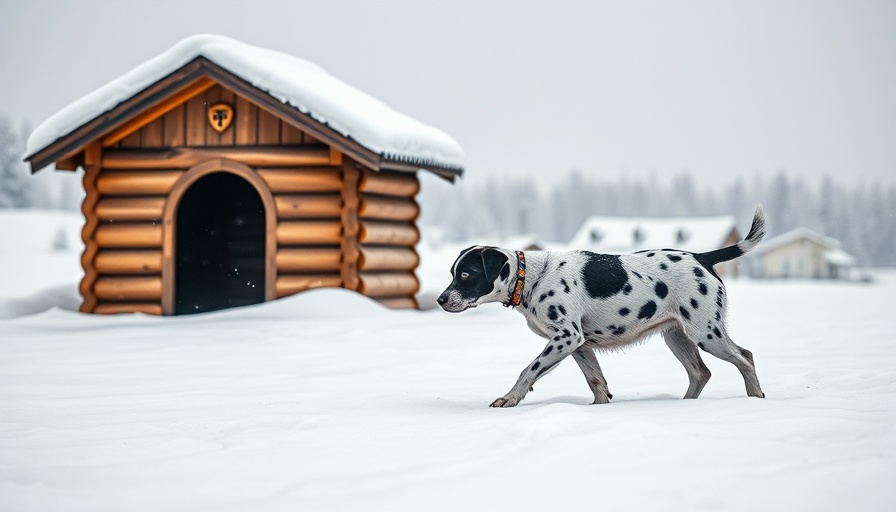
Keeping Your Furry Friend Warm in the Winter
The winter months can be especially harsh for outdoor dogs. As pet owners, it becomes our responsibility to keep our canine companions warm and safe. Understanding your dog’s breed and cold tolerance is crucial. Some breeds, such as Alaskan Malamutes and Siberian Huskies, are naturally better suited for colder climates, while smaller dogs or those with thin fur, like Chihuahuas, need extra care. Moreover, noticing symptoms of frostbite or hypothermia—such as blisters or skin discoloration—can be pivotal in ensuring your dog’s health. By being vigilant, we can make informed decisions to protect our pets during the chilly months.
Essential Items for Keeping Dogs Warm
Before deciding what to put in an outside dog house for warmth, consider providing your dog with suitable winter attire. For smaller or thinner dogs, a winter coat or sweater is advisable. Additionally, dog boots can protect their paws from icy surfaces and harmful ice-melting chemicals. Remember, if you’re feeling cold, your dog likely is too. Keeping an eye on the temperature and their behavior helps you react appropriately to their needs.
The Importance of Proper Shelter: Insulation and Design
To create a safe and warm dog house for your beloved pet, it’s essential to insulate the structure properly. The dog house should be securely placed with a sloped roof to prevent snow accumulation. Elevating the floor by at least 4 inches keeps cold air at bay, and filling the bottom with insulation materials such as straw can add warmth. An additional layer of straw or a cozy dog bed on top of this insulation provides your pet with a comfortable place to snuggle and rest.
Creating Indoor Comfort: Warming Stations
Besides providing external warmth, consider having designated warming spots indoors. A simple dog bed with a warm blanket can make a significant difference. While heated mats are tempting, they can pose a safety risk if not monitored closely. Always think about your dog’s safety first, ensuring that any heating devices are secure and have no chance of overheating.
Shorter Outdoor Trips: Safety First
Even with a well-insulated dog house, it's crucial not to leave dogs outside for too long in extreme cold. Limit outdoor time to bathroom breaks or very short walks. This not only helps keep them warm but ensures they don’t suffer from the dangers posed by cold weather. Walking your dogs on leashes is another practical safety measure during winter walks, in ensuring they don’t wander into unsafe areas.
Frequently Asked Questions About Keeping Dogs Warm
Many pet owners have questions about the best practices for ensuring their dogs remain comfortable in winter. A common query is whether dogs should sleep outside during snow. While some breeds are winter-ready, it’s best to provide an indoor space or at least a heated area for them to seek refuge as needed. Moreover, regular checks on their food and water supply are crucial since water can freeze quickly in cold temperatures. Keeping their living space clean and the area free of ice or snow buildup on their paws is essential for their well-being.
Final Thoughts: Your Role as a Dog Owner
As responsible dog owners, keeping our pets warm during winter should be a priority. Knowing what to put in an outside dog house for warmth is just one aspect of caring for your furry companions. Combine this knowledge with proper insulation, regular checks, and adjusting their outdoor time to keep them safe. Not only does this enhance their wellbeing, but it also strengthens the bond between you and your dog.
In conclusion, ensure you’re taking proper steps to keep your dog cozy and warm this winter. Adapting their routine and living conditions can significantly improve their comfort during the colder months.
 Add Row
Add Row  Add
Add 



Write A Comment